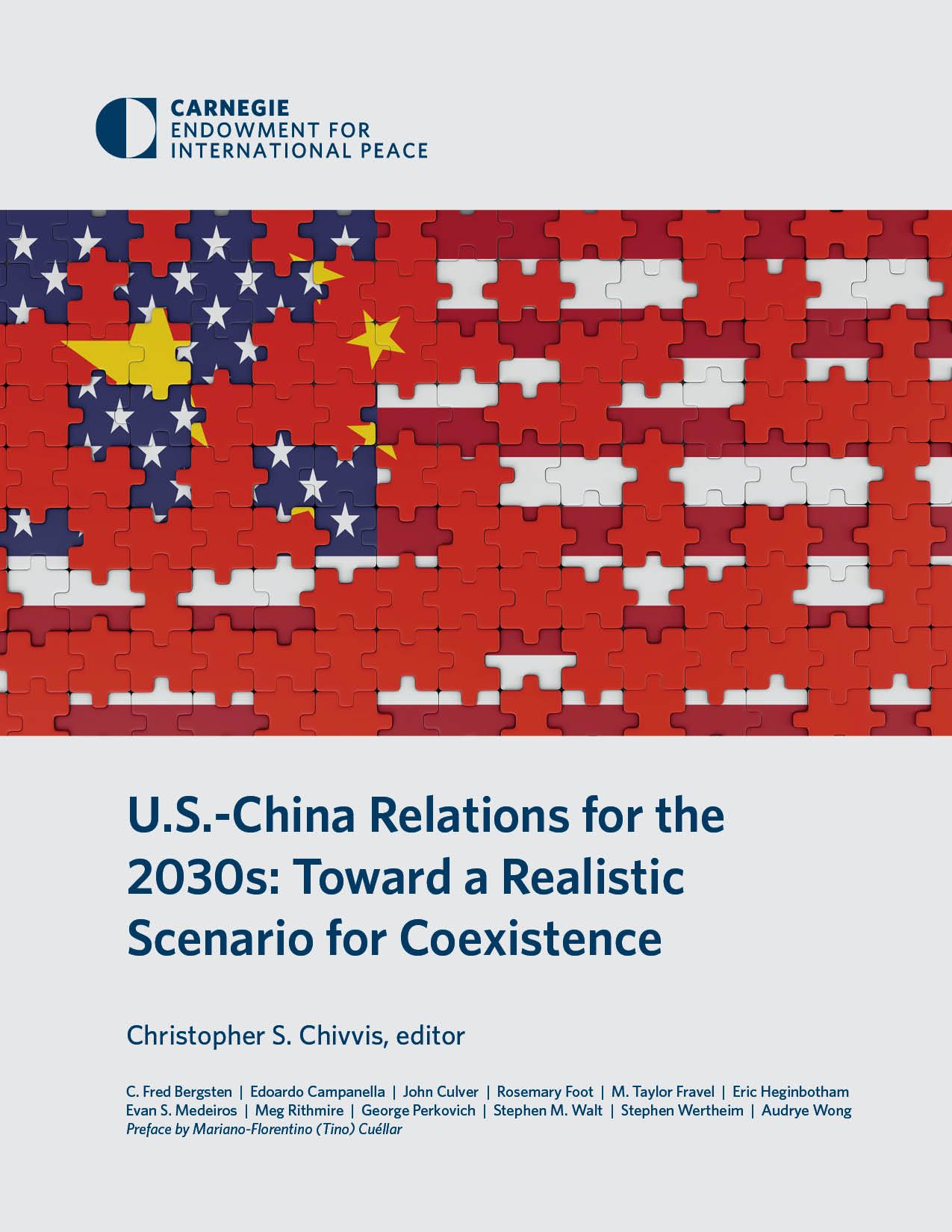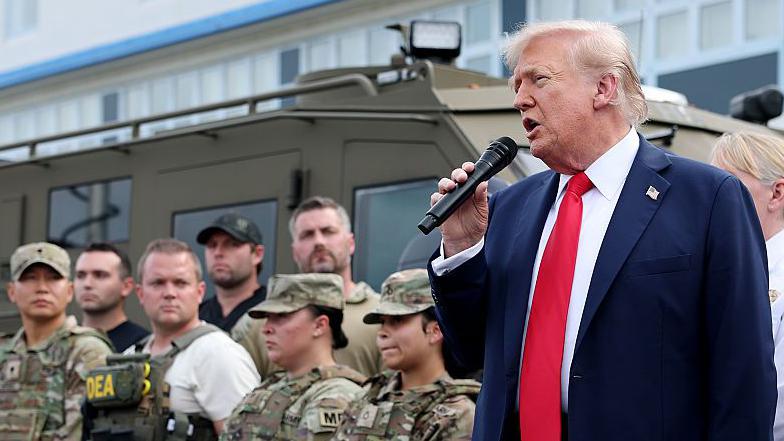Report on the Srebrenica Genocide and its Implications for Sustainable Development Goals
Executive Summary
This report examines the long-term consequences of the 1995 Srebrenica genocide, focusing on the rising trend of denialism and its profound impact on the achievement of the United Nations Sustainable Development Goals (SDGs). Through the testimony of survivor Nedzad Avdic and analysis of contemporary political discourse, this report highlights the critical threats to SDG 16 (Peace, Justice and Strong Institutions), SDG 10 (Reduced Inequalities), and SDG 4 (Quality Education). The systematic killing of over 7,000 Bosnian Muslim men and boys, and the subsequent efforts to deny this historical fact, undermine the foundations of peaceful and inclusive societies, justice for victims, and the rule of law.
The Failure of International Protection and its Violation of SDG 16
The events in Srebrenica represent a catastrophic failure to uphold the principles of SDG 16, which aims to promote peaceful and inclusive societies, provide access to justice for all, and build effective, accountable, and inclusive institutions. The town, declared a UN-protected “safe area,” was overrun by Bosnian Serb forces, leading to the first genocide in Europe since World War II, as ruled by two international courts.
Breakdown of Institutional Responsibility
The inability of international peacekeepers to protect civilians directly contravenes the core mission of building strong institutions capable of preventing violence.
- Nedzad Avdic, a survivor who was 17 at the time, was captured and taken to an execution site despite the area’s protected status.
- He survived a mass execution, escaped, and later provided testimony that was crucial for war crimes trials.
- His experience, shared at an event in the German parliament, underscores the human cost of institutional failure and the ongoing need for justice as a pillar of sustainable peace.
Genocide Denialism: A Direct Assault on Peace, Justice, and Inclusion
A growing movement of war crimes denialism, amplified by political actors and online disinformation, poses a direct threat to the progress of several SDGs. This trend actively works to dismantle the historical record, promote hatred, and destabilize fragile post-conflict societies.
Political Exploitation and the Erosion of SDG 10 and SDG 16
Far-right political parties and nationalist leaders are increasingly leveraging denialism for political gain, undermining both justice and social cohesion.
- Members of Germany’s Alternative for Germany (AfD) party publicly disputed the Srebrenica killings as genocide in the German parliament.
- AfD rhetoric included warnings against multiculturalism and conspiracy theories about a “birth jihad,” a direct attack on the principles of SDG 10 (Reduced Inequalities), which seeks to promote the social and political inclusion of all, irrespective of ethnicity or religion.
- In Bosnia, local Serb leader Milorad Dodik has gained support by calling the genocide an “arranged tragedy,” dismissing the DNA identification of nearly 7,000 victims. This rhetoric directly attacks SDG 16.3 (Promote the rule of law… and ensure equal access to justice for all).
Disinformation and the Corruption of SDG 4
The spread of false narratives about historical atrocities undermines SDG 4 (Quality Education), particularly Target 4.7, which calls for education that promotes a culture of peace, non-violence, and global citizenship.
- A conference in Srebrenica featuring heads of the Kigali Genocide Memorial and Auschwitz-Birkenau museum warned that denialism is now financially profitable online.
- This monetized disinformation corrupts the public’s access to factual information, a key component of SDG 16.10, and hinders educational efforts to prevent future atrocities.
Survivor Testimony and Community Resilience in Pursuit of Sustainable Development
The efforts of survivors like Nedzad Avdic to bear witness and rebuild their communities are vital actions toward achieving the SDGs in a post-conflict environment. His personal journey illustrates the deep connection between memory, justice, and sustainable community development.
The Role of Witnessing in Fostering Peace and Justice
Avdic’s determination to speak publicly about his experience serves as a powerful counter-narrative to denialism and a contribution to peace education.
- After years of testifying anonymously, Avdic felt a “strong need to talk” and now advocates for the protection of civilians in current conflicts, embodying the spirit of global citizenship promoted by SDG 4.7.
- His statement, “Hatred destroys, first of all, those who hate,” reflects a commitment to reconciliation over retribution, a cornerstone of sustainable peace.
Challenges to Building Sustainable Communities (SDG 11)
The return of survivors to Srebrenica is an attempt to rebuild a sustainable and inclusive community (SDG 11). However, this effort is threatened by persistent challenges.
- Economic and Safety Concerns: Many Muslims have left Srebrenica, citing economic hardship and safety issues, hindering the goal of creating inclusive and resilient settlements.
- Social Cohesion: While Serbs and Muslims coexist, the war is generally not discussed, and provocations from nationalists persist, threatening the social fabric.
- Intergenerational Trauma: Survivors like Avdic’s wife, Elvisa, express deep concern for their children’s future, highlighting the long-term psychological impact of conflict on community well-being.
Despite these challenges, Avdic’s commitment to raising his family in Srebrenica is an act of defiance against ethnic cleansing and a testament to the belief in rebuilding a shared future, which is the ultimate goal of the 2030 Agenda for Sustainable Development.
SDGs Addressed in the Article
Explanation
-
SDG 16: Peace, Justice and Strong Institutions
This is the most prominent SDG in the article. The text revolves around the Srebrenica genocide, a catastrophic failure of peace (Goal 16.1). It details the pursuit of accountability through international courts and survivor testimonies (Goal 16.3), the failure of international institutions like the UN peacekeepers to protect civilians (Goal 16.a), and the contemporary battle against disinformation and denialism which undermines access to factual information (Goal 16.10).
-
SDG 10: Reduced Inequalities
The article highlights violence and discrimination targeted at a specific group, the “male Bosnian Muslim prisoners,” based on their identity. This directly relates to reducing inequalities. Furthermore, the rise of far-right political rhetoric against multiculturalism and Muslims, such as the warning of a “birth jihad,” and the taunting of Muslim residents by a local priest, are clear examples of discriminatory practices that this goal aims to eliminate (Targets 10.2 and 10.3).
Specific SDG Targets Identified
Explanation
-
Target 16.1: Significantly reduce all forms of violence and related death rates everywhere.
The article is centered on the Srebrenica genocide, described as the “systematic killing of male Bosnian Muslim prisoners — at least 7,000 in total.” The survivor’s call to “protect civilians in Ukraine and Syria” explicitly connects this past atrocity to the need to reduce violence in current conflicts.
-
Target 16.3: Promote the rule of law at the national and international levels and ensure equal access to justice for all.
The article directly references the pursuit of justice, stating that “Two international courts have ruled” the killings were genocide. It also mentions that the survivor, Nedzad Avdic, “testified at war crimes trials about the executions,” which is a core component of ensuring access to justice.
-
Target 16.10: Ensure public access to information and protect fundamental freedoms.
This target is addressed through its antithesis: the spread of “disinformation” and “denialism about war crimes.” The article contrasts this with efforts to provide factual information, such as the creation of a “museum documenting the genocide” and Avdic’s determination to “speak for the men and boys who died beside him.”
-
Target 10.3: Ensure equal opportunity and reduce inequalities of outcome, including by eliminating discriminatory… practices.
The genocide itself represents the ultimate inequality of outcome based on identity. The article also describes ongoing discriminatory practices, such as Serb nationalists who have “grown more defiant” and sometimes recognize and mock Avdic. The demographic shift, where “Muslims have slowly left Srebrenica, many of them citing economic and safety concerns,” points to a continuing inequality of opportunity and safety for this community.
Indicators for Measuring Progress
Explanation
- Conflict-related death toll: The article provides a specific number, stating “at least 7,000” Bosnian Muslim men and boys were killed. This serves as a direct indicator for Target 16.1.
- Formal identification of victims: The text mentions the “identification of 6,981 victims — part of the largest DNA identification project in history.” This is a quantifiable indicator of progress in providing justice and closure for victims’ families under Target 16.3.
- Legal rulings by international bodies: The fact that “Two international courts have ruled” on the genocide is a qualitative indicator that the rule of law is being applied at the international level (Target 16.3).
- Prevalence of disinformation and hate speech: The article notes that “denialism about war crimes — both past and ongoing — is growing increasingly common worldwide” and cites specific examples, such as a politician warning of a “birth jihad.” This serves as a negative indicator for Target 16.10, showing a challenge to public access to factual information.
- Establishment of educational and memorial institutions: The transformation of the former UN base “into a museum documenting the genocide” is a concrete indicator of efforts to ensure public access to information and promote a culture of peace (Target 16.10).
- Demographic changes due to safety concerns: The observation that “Once a majority-Muslim town, Srebrenica is now roughly half-Serb, half-Muslim” because Muslims are leaving due to “economic and safety concerns” is an indicator of failed social inclusion and persistent inequality (Target 10.3).
SDGs, Targets and Indicators Analysis
| SDGs | Targets | Indicators Identified in the Article |
|---|---|---|
| SDG 16: Peace, Justice and Strong Institutions | 16.1: Reduce all forms of violence and related death rates. | The systematic killing of “at least 7,000” male Bosnian Muslim prisoners. |
| SDG 16: Peace, Justice and Strong Institutions | 16.3: Promote the rule of law and ensure equal access to justice. | – Rulings from “Two international courts” that the killings constituted genocide. – Survivor testimony “at war crimes trials.” – Formal “identification of 6,981 victims” through a large-scale DNA project. |
| SDG 16: Peace, Justice and Strong Institutions | 16.10: Ensure public access to information. | – The spread of “disinformation” and “denialism” online and by political figures. – The creation of a “museum documenting the genocide.” – Survivor giving “dozens of speeches about the massacres.” |
| SDG 10: Reduced Inequalities | 10.3: Ensure equal opportunity and reduce inequalities of outcome, including by eliminating discriminatory practices. | – Political rhetoric against multiculturalism and Muslims (“birth jihad”). – Survivors being “recognized and mocked” by nationalists. – Demographic shift where Muslims leave Srebrenica due to “economic and safety concerns.” |
Source: nbcnews.com






